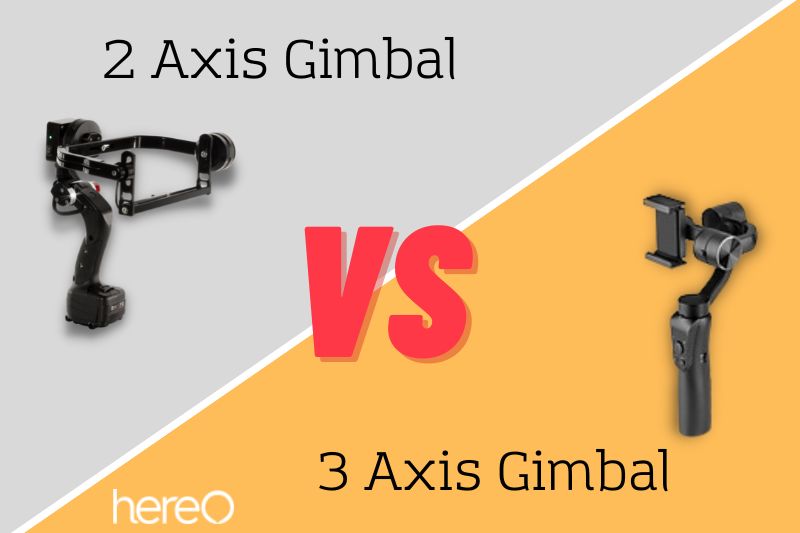Professional videographers frequently employ gimbals with their cameras, and occasionally they even mount them on their drones. By stabilizing your camera, gimbals can help you capture the highest-quality film.
However, when you look at the market, you’ll often see a two-axis and a three-axis gimbal option. So what’s the difference between 2 axis vs 3 axis gimbal?
Contents
What Is a Gimbal?
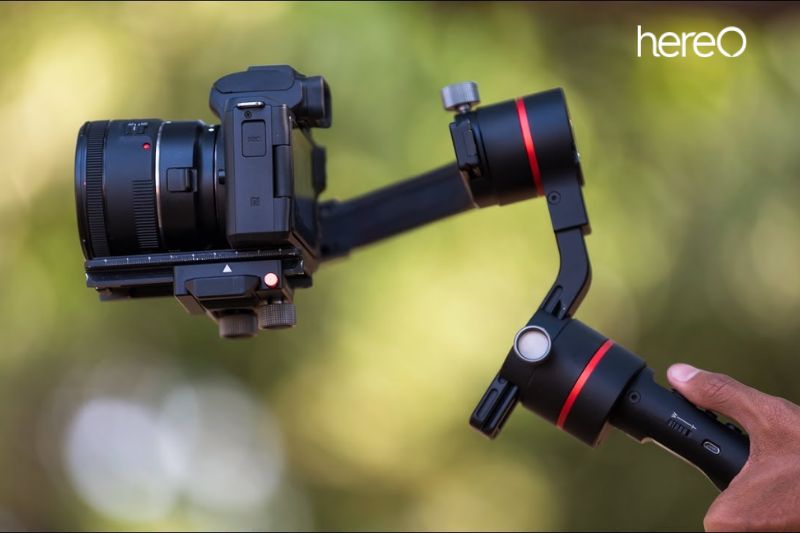
A gimbal is a device that employs motors and sophisticated sensors to support and stabilize a camera, enabling you to record silky-smooth footage while moving. They have one and motion sensors to find any unwelcome movement.
The gimbal utilizes algorithms to manage its pivots and help prevent movement when it notices it.
Because the pivots prevent the camera from trying to shake back and forth, the footage is stable as a result. Additionally, gimbals have the intelligence to discriminate between intended and accidental camera movements.
How Does a Gimbal Work?
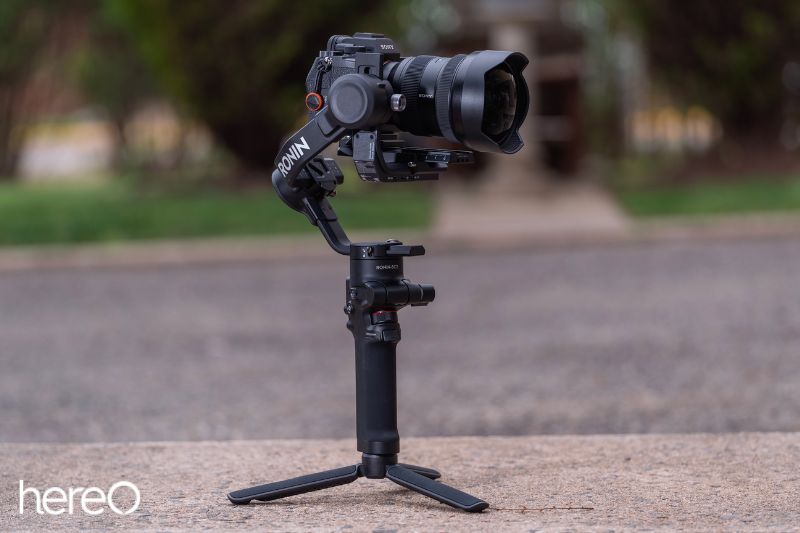
Any movement will occur in three directions: pitch, roll, and yaw. When you look up at a towering building or down at your shoes, your camera will pitch up or down. This is frequently referred to as tilt in videography.
A gimbal’s sensors are used to determine which direction your camera is moving. The corresponding axis will then be moved to make up for the error, effectively maintaining the direction of your camera at your subject.
What’s the Difference Between 2 Axis vs 3 Axis Gimbal?
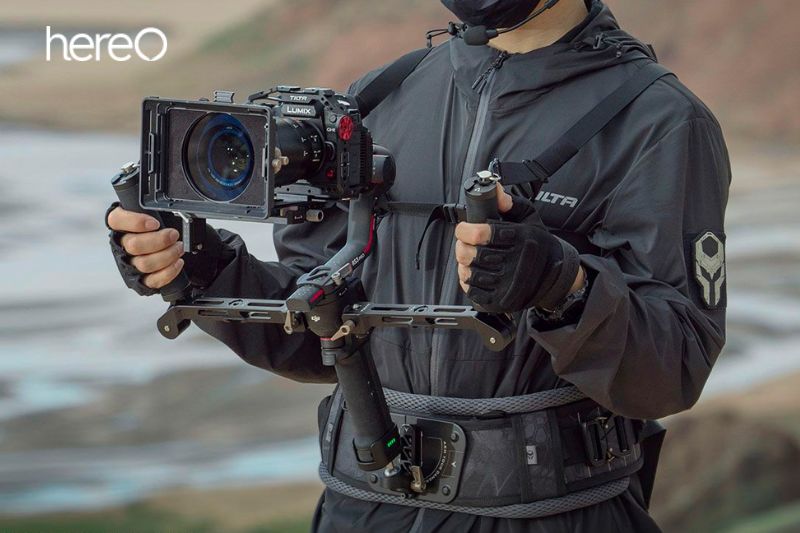
2-Axis Gimbal
The movements of the drone are stabilized using gimbals with two axes. It may change into a different form and go forward or backward by altering one of its propellers. The drone’s nose cannot be stopped from changing direction from left to right by two-axis gimbals.
This motion is equivalent to shaking your head. You can also alter the course of the boat, to use an analogy from the boat.
3-Axis Gimbal
A three-axis Gimbal is required for almost all DSLR and mirrorless cameras used by serious enthusiasts and pros for photography, videography, and still images.
The camera is kept steady and protected from bumps by a three-axis gimbal. All three axes are prohibited from moving smoothly. A ship will alter its course in the sea in this manner.
The waves can cause boats to roll, topple, or fall. The drone can perform more movements than a three-axis stabilizer, despite the fact that it can only travel in one direction.
The best gyroscopes for recording high-quality video are three-axis models. They are present in many different types of drones. Your hands will be free to take pictures thanks to the handgrip’s imagery and joystick, which work together to provide real-time focus, exposure, ISO, white balance, and shutter adjustments.
What Is the Difference Between 2 Axis and 3 Axis Gimbal?
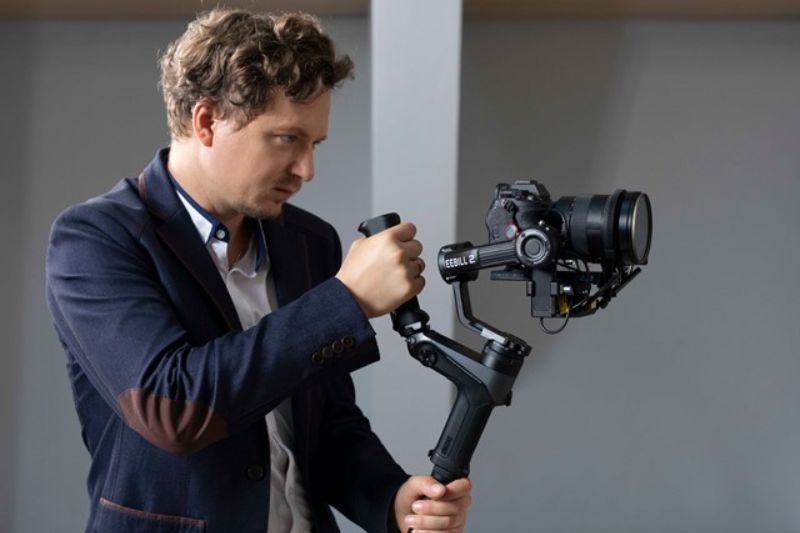
Versatility
The third dimension of gimbal support, yaw, is where the two are most obviously different from one another. In some circumstances, the capability to stabilize horizontal camera movements is not required.
In terms of adaptability, there are other differences between 2-axis and 3-axis gimbal stabilizers. More power is provided by the additional motor, and for upscale versions, this translates to greater precision.
Practicality
In 3-axis gimbals, the additional motor adds weight. Even though the extra 0.5 pounds may not seem like much when you take up the stabilizer, in the long run, it makes a significant difference.
While it’s possible that 3-axis gimbals are more well-rounded and generally simpler to use once you understand how to use them, it’s much more typical for 2-axis gimbals to be more useful right away.
Battery Lifetime
As is known, 3-axis gimbals have an additional motor. Accordingly, 3-axis devices are often more “power deprived” than 2-axis models since this motor consumes as much battery power as either of the two in 2-axis gimbals.
How long batteries last in a gimbal stabilizer mostly depends on the sort of batteries you’re using. Li-Ion batteries are better and last longer by default, whereas Li-Po batteries are somewhat more environmentally friendly.
Price and Value
The fact that 2-axis gimbal stabilizers are typically less expensive than 3-axis gimbals is one of the reasons why they are still fairly common on the market.
They require less materials to construct and are a little simpler to produce. Second, while 3-axis gimbals are more recent technology, most internet suppliers find it difficult to charge a premium for 2-axis models. Of course, there are many exceptions, but this is how the scenery normally appears.
It is ultimately up to the user to decide what something is worth. The value of a gimbal stabilizer depends on what you need from it.
Who Needs A 2-axis Gimbal Or 3-axis Gimbal

Aerial Photographers and Filmmakers
A 3-axis gimbal is essential if you plan to do professional aerial photography. A 3-axis gimbal produces much better video than a 2-axis gimbal, despite being heavier and more expensive.
Professional aerial photographers prefer 3-axis gimbals because video stability is important when creating documentary films or Hollywood-caliber films. Bring extra batteries with you when you go flying to avoid this issue. Using 3-axis gyroscopes will result in shorter flight times.
With a 3-axis gimbal, the camera operator may flexibly pan the webcam without requiring the aircraft to pan the drone. This is not possible with a 2-axis gimbal, which requires the aircraft to pan the drone to move the camera view along the yaw axis.
For the FPV Enthusiast
Due to its reduced weight, a 2-axis gimbal will provide you two advantages if you wish to fly your quadcopter in first-person view (FPV) for fun: longer flight periods and a more agile drone.
Every gram you add to your drone counts since the more substantial it is, the less nimble it gets. Unquestionably, a 2-axis gimbal produces a softer drone than a 3-axis gimbal, which is heavier.
Despite the fact that 2-axis gimbals cause additional lateral shake in your video feed, it is not enough to obstruct your flight. FPV enthusiasts typically favor flying without a gimbal over mounting the camera to the frame.
This configuration makes the drone considerably more agile, however if you must have a gyro in order to fly FPV, choose a 2-axis gimbal.
Consumers With Low Budgets
Right now, there are lots of high-caliber inexpensive drones available. There are camera drones with cutting-edge software capabilities like GPS, auto altitude keeping, and return to home. These are available for as little as $500.
Each of these characteristics is necessary to maintain the drone in the air. To cut costs, a two-axis gimbal might be employed.
This implies that while a drone with similar sophisticated features can be purchased for less money, it won’t have the same ability to record smooth video as more contemporary drones.
For All Those In Between
A 3-axis gimbal will be your best option if you intend to combine the two activities. For professional users, this gimbal offers video stabilization, and it may also be used to operate drones for fun. Bring extra batteries, as a 3-axis drone might deplete its power slightly more quickly than a 2-axis one.
FAQs about 2 axis vs 3 axis gimbal
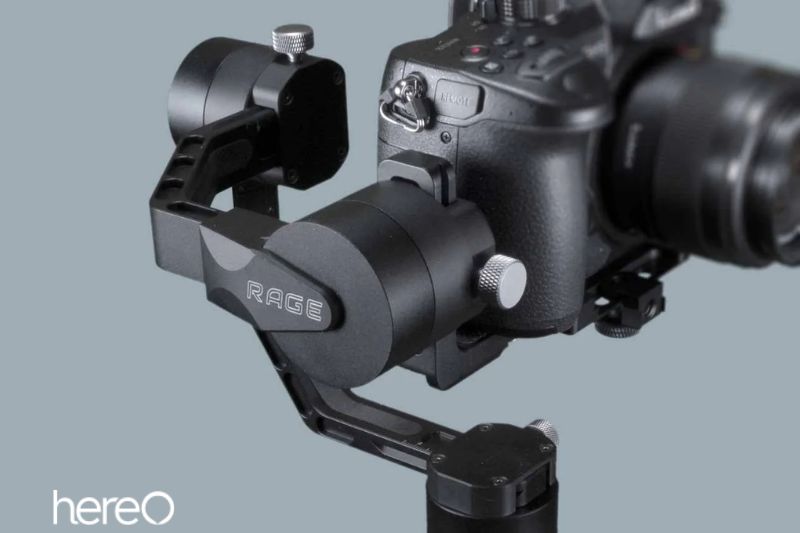
What is the difference between 2 axis and 3-axis gimbal?
Your camera is only stabilized over the pitch and roll axes using a two-axis gimbal. It won’t account for yaw motions. A three-axis gimbal, however, will eliminate even minor motions in any of the axes.
What are the two types of gimbals?
Two types of gimbals are commonly available: 2-axis and 3-axis. The tilt and roll axes are both stabilized by 2-axis and 3-axis gimbals, while the pan axis is likewise stabilized by 3-axis gimbals.
Are gimbals worth it?
Any experienced videographers or filmmakers are advised to purchase a gimbal. A gimbal guarantees unwavering stability to assist you obtain the best video quality whether you’re shooting on location or indoors, despite the fact that there are DIY techniques for keeping your camera steady.
What happens if gimbal not balanced?
Shooting with a gimbal that is not properly balanced will put stress on the motors, use up battery power, and possibly cause the gimbal to shake slightly at certain angles that you might not notice while you’re shooting, ruining your shot.
Conclusion
Essentially, a three-axis gimbal provides more stabilization than a two-axis gimbal. If you’re shooting in rough conditions or you need to capture very smooth footage, a three-axis gimbal is the way to go. However, if you don’t need quite as much stabilization, a two-axis gimbal will suffice.
HereOfamily thank you for reading this article. We hope you find it helpful!
